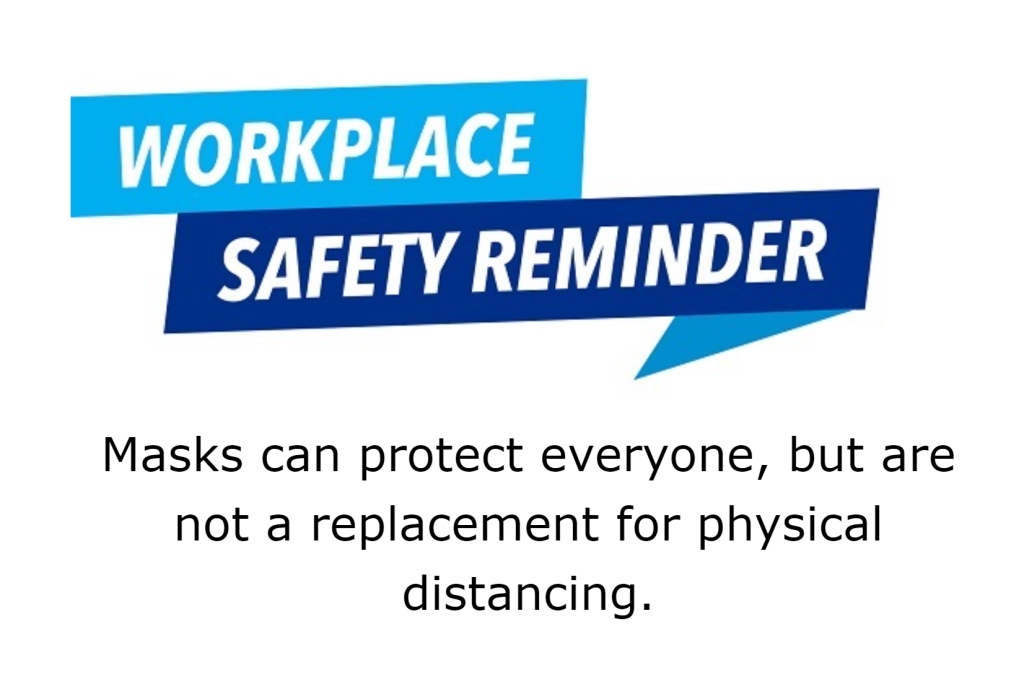When is a task at heights temporary and infrequent?
If you have an employee who goes onto the roof of a client’s building (greater than 15 feet in height) to assess the condition of an air conditioning unit but not perform work on the unit which is more than 15 feet from the edge, do they need to use safety equipment to reduce/mitigate their risk of falling?
What if the client only requires this service infrequently? Again, it is a diagnostic visit rather than a repair visit. If your employees perform the repair, they always establish a work plan and use the appropriate personal fall arrest gear, guard rails, safety nets, etc. This practice would seem to meet the infrequent threshold for 29 CFR § 1910.28(b)(13)(iii)(A) and would possibly allow your employee to assess the equipment to see if it needs to be repaired without the use of additional safety gear.
But, what if your employee repeats this process as multiple sites for different clients on a daily basis? Is the task still “infrequent” and “temporary” as laid out by OSHA.
Clarification from OSHA
One of the things that OSHA does well is the publication of answers to letters asking for clarification of existing rules. They publish agency responses to these letters on the OSHA website on a frequent basis.
A recent letter to OSHA with this particular scenario had a response published that helped to clarify when the task is no longer temporary or infrequent.
In regards to the first part of the scenario, OSHA responded that 29 CFR § 1910.28(b)(13)(iii)(A) provides an exemption to fall protection when employees are further than 15 from the edge, provided “that the work is both infrequent and temporary.”
In accordance with 29 CFR § 1910.28(b)(13)(iii)(A), when work is performed 15 feet or more from the roof edge, each employee must be protected from falling by a guardrail system, a safety net system, a travel restraint system, personal fall arrest system, or a designated area. This provision allows that employers are not required to provide any fall protection, provided the work is both infrequent and temporary and the employer implements and enforces a work rule that prohibits employees from going within 15 feet of the roof edge without fall protection. It is incumbent upon the employer to show that the exemption applies and that the work is both infrequent AND temporary.
OSHA response from Patrick Kapust to Timothy Brink
What do infrequent and temporary mean?
Whether an employer can show that the exemption applies depends upon whether the work is infrequent and temporary. The response from Kapust outlines a series of tasks that are viewed as being consistent with infrequent (annual service, battery replacement, filter replacement, repairs, etc.). However, because the particular employee in this scenario is performing this action (evaluating the condition of a device on a roof that is greater than 15 feet high and more than 15 feet from the edge) on a repeated basis (daily, weekly, etc.), the task is not considered to be infrequent.
Infrequent jobs also do not include those that workers perform as a primary or routine part of their job or repeatedly at various locations during a work shift.
OSHA response from Patrick Kapust to Timothy Brink
The letter acknowledges that this particular task is temporary in nature (diagnosing/evaluating the need for the repair) but notes that due to the fact that it does not meet the definition of infrequent, appropriate fall protection must be used each time the employee performs the task.



